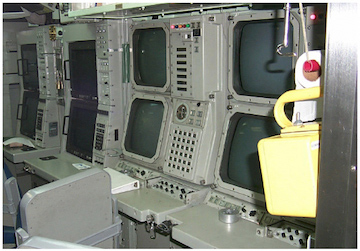440817-developing sonar.jpg

Sonar room of the USS Greeneville. Credit: public domain
In the early months of World War I, German submarines were sinking Allied shipping at an alarming rate. There was no way to detect the U-boats when they were submerged, so they could operate with little fear of loss.
Allied powers quickly set out to change that. They eventually developed an early version of sonar -- a technology that uses sound waves to detect underwater targets.
The first attempts to detect submarines used underwater microphones to listen for a U-boat’s engines. The microphones could hear a sub up to a few miles away. But they couldn’t pinpoint its location, and they were overwhelmed by the sounds of other shipping. So scientists from Britain, France, and Canada developed a device that used vibrating quartz crystals to send out pulses of sound. When the sound waves hit a solid object, some of them were reflected back to the device, causing new vibrations. Those echoes made it possible to locate a submarine and track its course.
The invention came too late to help with the war effort. Sonar was a big help in World War II, though, and it’s still used to locate submarines today. In recent decades, sonar has also been applied to scientific tasks. It’s been used to measure the ocean depth, for example, and to map large sections of the ocean floor. And, it’s helped archaeologists discover sunken ships and ruins. So a technology designed to find U-boats is helping us explore the hidden landscape at the bottom of the sea.

